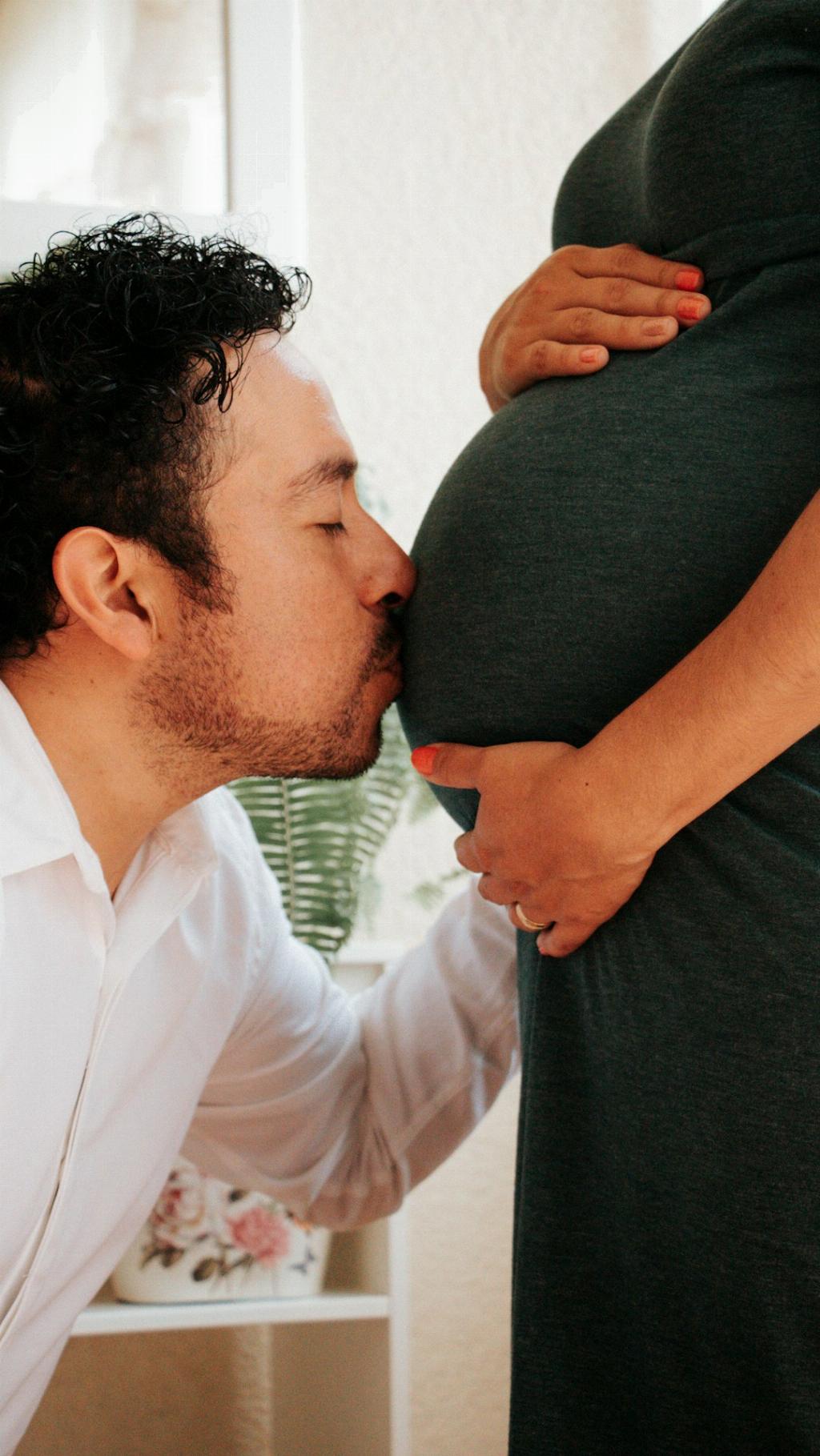When it comes to the likelihood of pregnancy during ovulation, it’s crucial to explore the various factors that come into play. Firstly, it’s important to note that the timing of intercourse in relation to ovulation significantly impacts the chances of conception.
Research indicates that if a woman engages in sexual activity six or more days before ovulation, the probability of pregnancy is incredibly low. This is due to the fact that sperm can survive in the female reproductive tract for several days, eagerly awaiting the release of an egg.
As ovulation approaches, typically occurring around the midpoint of a woman’s menstrual cycle, the chances of pregnancy gradually increase. In fact, studies suggest that the highest likelihood of conception, ranging between 27-33%, occurs in the three days leading up to and including ovulation.
During this fertile window, the egg is released from the ovary and is ready to be fertilized by sperm. This period is often referred to as the most optimal time for couples trying to conceive, as the egg is at its most viable state.
However, it’s essential to recognize that after ovulation, the probability of pregnancy decreases rapidly. Once the egg has passed through the fallopian tubes and into the uterus, it has a limited window of opportunity for fertilization before disintegrating.
Factors such as sperm motility, cervical mucus consistency, and uterine environment also play critical roles in determining the likelihood of conception during ovulation. Each of these elements must align for successful fertilization to occur.
Moreover, variations in menstrual cycle length, ovulation timing, and overall reproductive health can influence the probability of pregnancy during ovulation. Women are encouraged to track their menstrual cycles and ovulation patterns to identify their most fertile days accurately.
It’s worth noting that while ovulation is a key factor in determining fertility, it is not a guarantee of pregnancy. Other variables, including sperm quality, egg health, and overall reproductive health, contribute to the complex process of conception.
For individuals actively trying to conceive, understanding the dynamics of ovulation and its impact on fertility can help enhance their chances of pregnancy. Utilizing tools such as ovulation predictor kits and fertility tracking apps can aid in pinpointing the most fertile days of the menstrual cycle.
In conclusion, the likelihood of pregnancy during ovulation is highest in the days leading up to and including ovulation, with probabilities ranging between 27-33%. By being aware of the intricacies of the ovulation process and factors influencing fertility, individuals can make informed decisions when trying to conceive.

